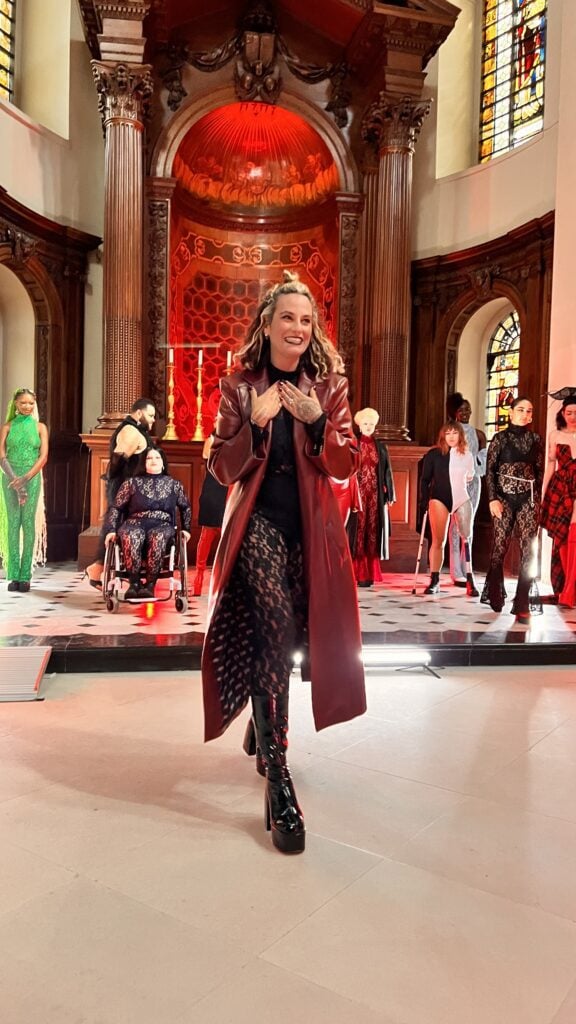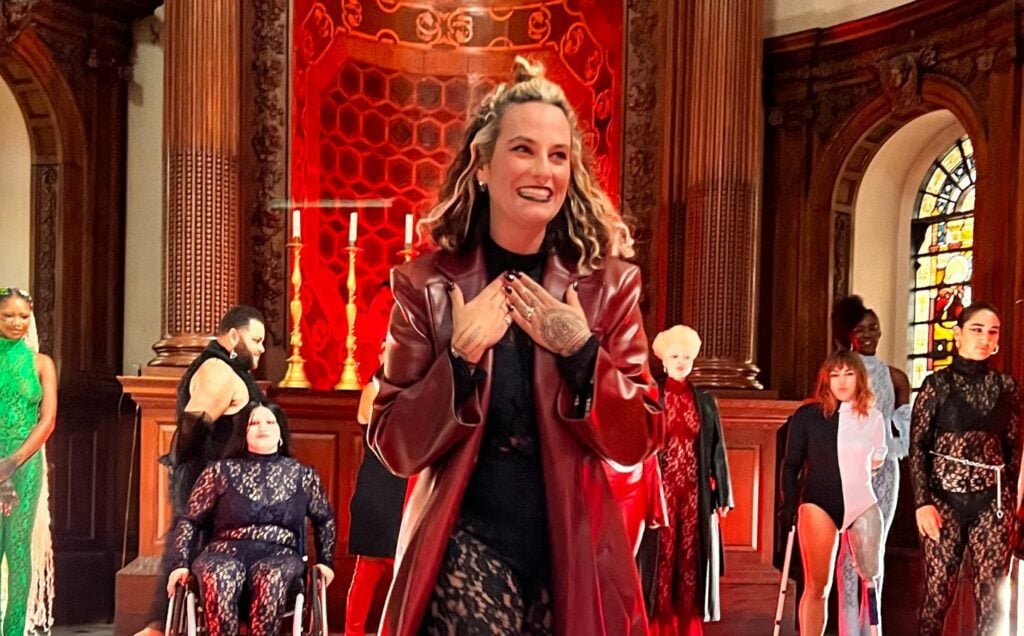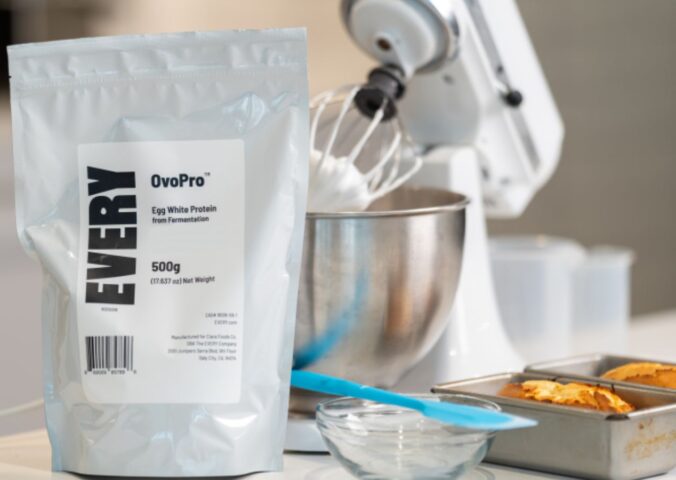It may sound like an oxymoron, but “vegan leather” is rising in popularity across the fashion industry.
Previously, vegan leather would imply the use of plastic polymer-based materials, which were often thought of as cheaper and less luxurious than conventional cow-derived leather. Materials like these are popular in fast fashion, and they’re often blasted for being environmentally destructive.
But the way we perceive vegan leather is changing. Designers are now often using sustainable leather alternatives, like recycled plastic, and materials made from pineapple, apples, or cork.
Vegan leather on the runway at London Fashion Week
Sarah Regensburger, a German designer based in London, uses cactus leather in her all-vegan designs. She unveiled her new collection in a London Fashion Week show this September.

“What I love about it is that you wouldn’t notice,” she tells Plant Based News (PBN). “It looks like leather, it looks even better. It’s also biodegradable, which is amazing.”
Jessica Ping, an American model in Regensburger’s show, added: “I was amazed by the quality of the leather. It was sturdy, heavy, and beautifully finished.”
“As a disabled woman, fashion can’t just be stylish and sustainable, but it also must be functional,” Ping, who was born with a genetic condition called CHILD Syndrome, added. “If I can’t comfortably wear a garment while using my mobility aids, then it’s not really a practical purchase.”
Animal leather has long been synonymous with luxury. Most brands use it for bags, shoes, and belts, and there’s little understanding among the public of its cruelty and environmental costs.
Regensburger’s cactus leather coat retails at £1,500; she’s one of the few high-end designers creating such garments without animal exploitation.
The designer says that many of her customers aren’t vegan, though. Often, they have no idea that they are even buying non-animal leather.
“They just like the outfit and they like that it looks expensive and it’s good and powerful,” she says. “That’s amazing, I think. You don’t need to convince the vegan customers, you need to convince the customers who aren’t vegan.”
Cruelty in the leather industry
Unlike fur, which is now banned at London Fashion Week, the cruelty inherent in materials like leather and wool is far less understood.
The material is usually made from the skin or hyde from cows, and is often justified on the grounds that it’s a “byproduct” of the beef and dairy industries.
Farmed cows tend to bring up images of pasture and fields, but a growing number of them are being raised on factory farms in the UK. It is thought that around 20 percent will never see the outside, and even those who do will spend much of their time in dirty and cramped barns.
While it’s true that the majority of leather does come from cows slaughtered for food, it is a growing industry in its own right.
The leather industry was valued at $407.92 billion in 2021. If the world stopped enjoying burgers and cheese tomorrow, this market would still be there. Farmers set out to sell leather just like they do beef. And it’s sold for profit, not to minimize waste.
The rise of sustainable leather
The leather industry also has a monumental impact on the environment.
Animal agriculture is responsible for around 14.5 percent of global greenhouse gas emissions, the majority of which comes from cows.
Cows are also responsible for around a third of human produced methane, which they emit through their belches. Cattle farming has also been responsible for around 91 percent of Amazon deforestation, and is a leading cause of water pollution.
Research suggests that cactus leather has 500 percent lower eutrophication impact than its cow-based alternative, and 10 percent lower than polyurethane.
But Regensburger isn’t the only designer opting for sustainable plant-based leather.
Stella McCartney uses plant-based materials in her collections, and recently debuted the first mushroom leather luxury bag. Non-vegan brands like Hermes and Tommy Hilfiger have also incorporated sustainable leather into their collections in recent years.
The global bio-based leather market has been estimated to skyrocket by 47.5 percent between 2021 and 2027. It could well be adopted by more mainstream designers in the future.






